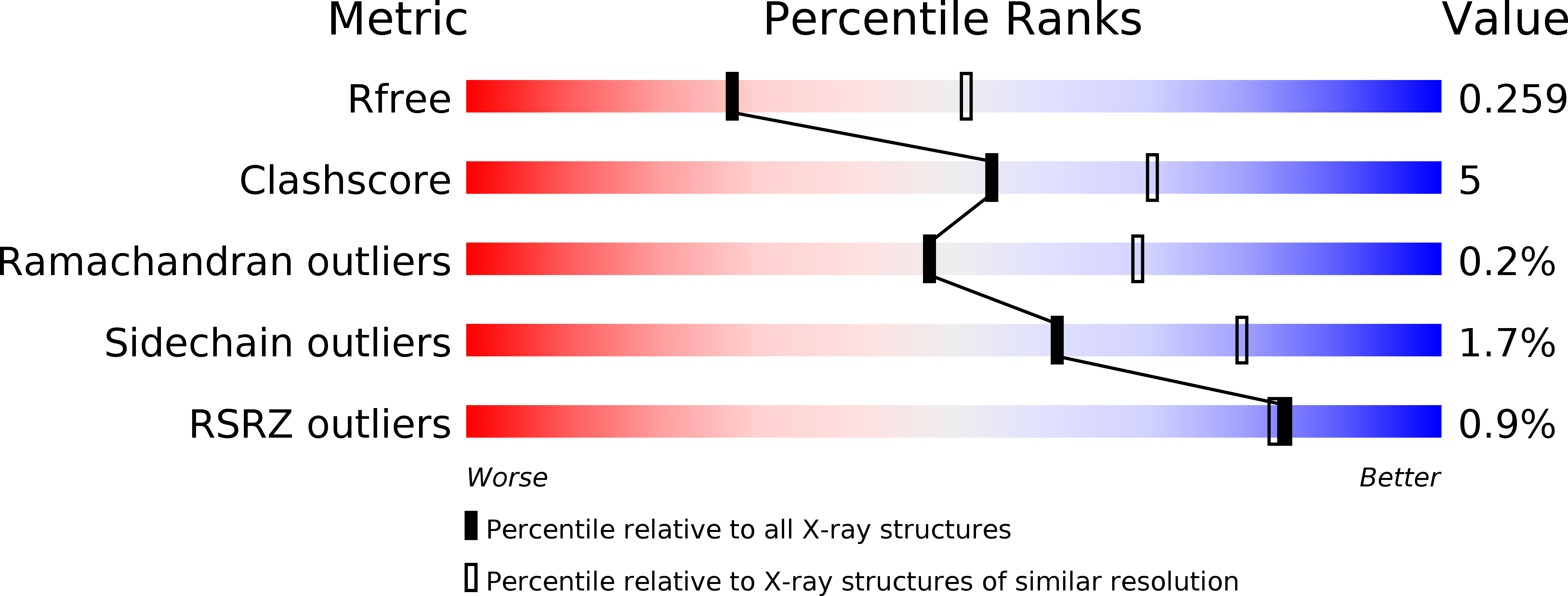
Deposition Date
2013-07-08
Release Date
2014-03-26
Last Version Date
2024-02-28
Entry Detail
PDB ID:
4LKT
Keywords:
Title:
Crystal Structure of Human Epidermal Fatty Acid Binding Protein (FABP5) in Complex with Linoleic Acid
Biological Source:
Source Organism:
Homo sapiens (Taxon ID: 9606)
Host Organism:
Method Details:
Experimental Method:
Resolution:
2.57 Å
R-Value Free:
0.25
R-Value Work:
0.20
R-Value Observed:
0.20
Space Group:
P 32 2 1


